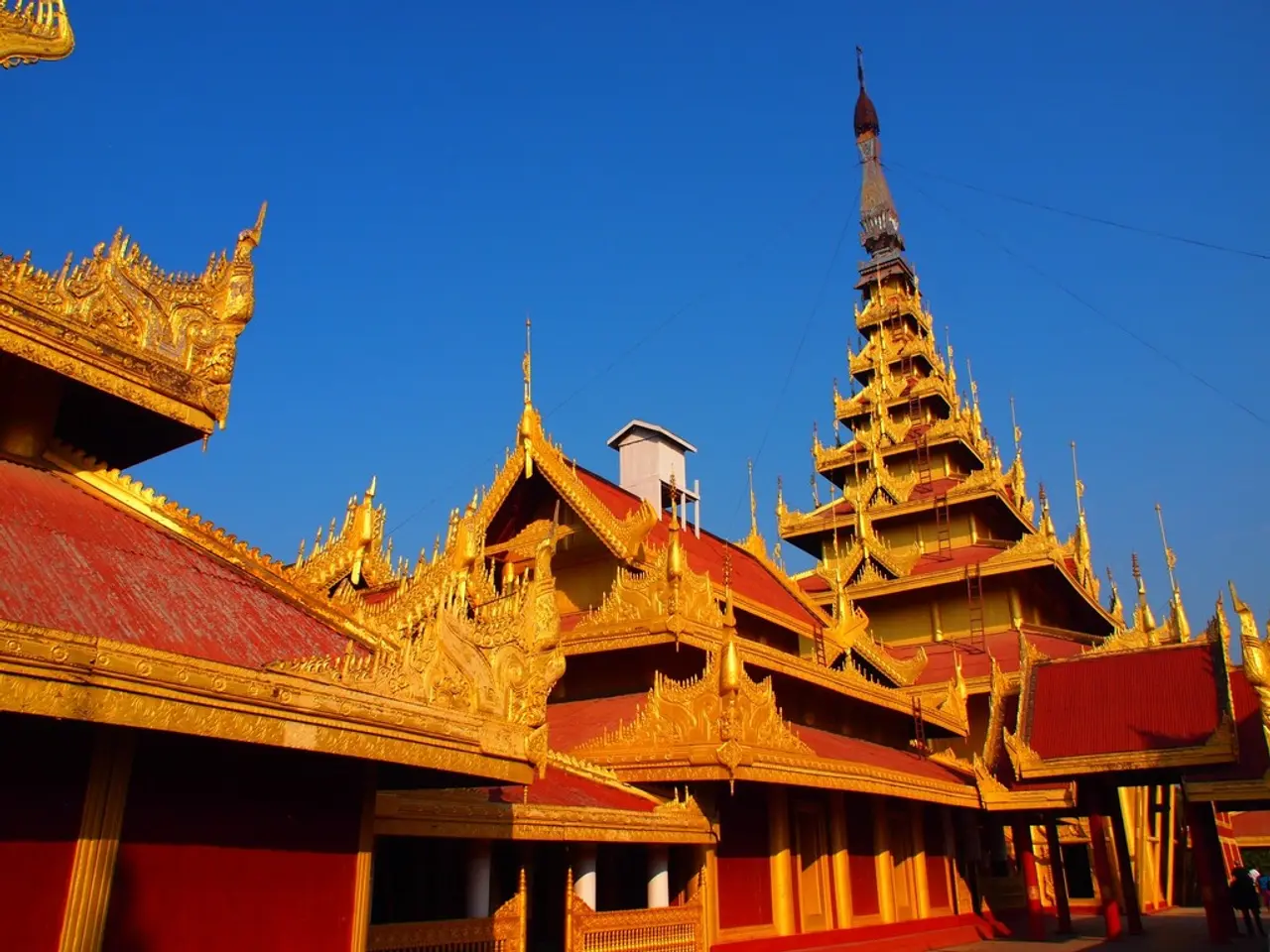Secluded Asian islands offer a serene getaway destination
In the heart of Southeast Asia, a collection of islands beckons travelers seeking an adventure that prioritizes exploration over consumption and champions sustainable tourism. This article takes you on a journey to some of the most unique and authentic destinations in Asia, each offering a blend of natural beauty, cultural depth, and a commitment to preserving the environment.
Pom Pom Island, nestled in the Celebes Sea off the coast of Sabah, Malaysia, is a coral island renowned among divers for its marine protected area and endangered sea turtle species. Accommodations on the island are intentionally kept small, often collaborating with local initiatives to protect coral reefs. The island's diverse marine life, including pygmy seahorses and green sea turtles, adds to its allure.
Con Dao, an archipelago consisting of 16 islands, 80 kilometers off the coast of Vietnam, stands out for its remarkable wildlife, including rare dugongs. The silence often broken only by the rustling of the wind paints a picture of tranquility. Con Dao was once a penal colony and played a dark role in the Vietnam War, but it has since transformed into a destination for gentle ecotourism, with tropical rainforests, secluded beaches, and protected marine areas.
Havelock Island, one of the largest inhabited islands in the Andamans, India, offers a mix of tropical wilderness and maritime beauty. Radhanagar Beach, awarded one of the most beautiful in Asia, is just one of the many attractions. Activities like kayak tours through mangroves, snorkeling spots with intact reefs, and hiking trails into the dense green make Havelock Island an ideal destination for nature enthusiasts.
Koh Rong Samloem, a quieter sister island in Cambodia, features fine white sand, green hills, and bioluminescent plankton that illuminate the water at night. Accommodations are typically simple and located on the beach, with footpaths connecting the island. A ferry connects Koh Rong Samloem to the mainland, with a journey taking approximately an hour in calm seas.
In Southeast Asia, companies like Sun Group Corporation are leading the way in eco-friendly tourism. They are developing electric vehicles and cable cars on Cat Ba Island, Vietnam, aiming to make it the country's first CO2-free tourist island. Organizations such as Arek Lintang Foundation and Yuliati Umrah in Bali support sustainable tourism by addressing social issues and promoting education and fair employment. Tour operators like Gebeco actively engage in sustainable travel practices, partnering only with certified local partners and promoting social responsibility, resource conservation, and climate protection.
Flores, a diverse island in Indonesia, offers experiences beyond all clichés, such as standing on an active volcano at dawn or staying overnight in remote villages. With volcanic landscapes, colorful crater lakes, traditionally built stilt villages, and traces of early human history, Flores is a destination for the curious with patience.
Koh Jum, Thailand, is surprisingly quiet despite being near Krabi. It offers secluded beaches, lush greenery, and a slower pace of life compared to other tourist destinations in Thailand.
These destinations, including Flores, Indonesia, Con Dao, Vietnam, Havelock Island, Andaman Islands, India, and Koh Jum, Thailand, stand out for their unique landscapes, cultural depth, and a high degree of authenticity. For those seeking a sustainable and responsible vacation in Asia, these islands offer a haven of natural beauty and cultural richness.








